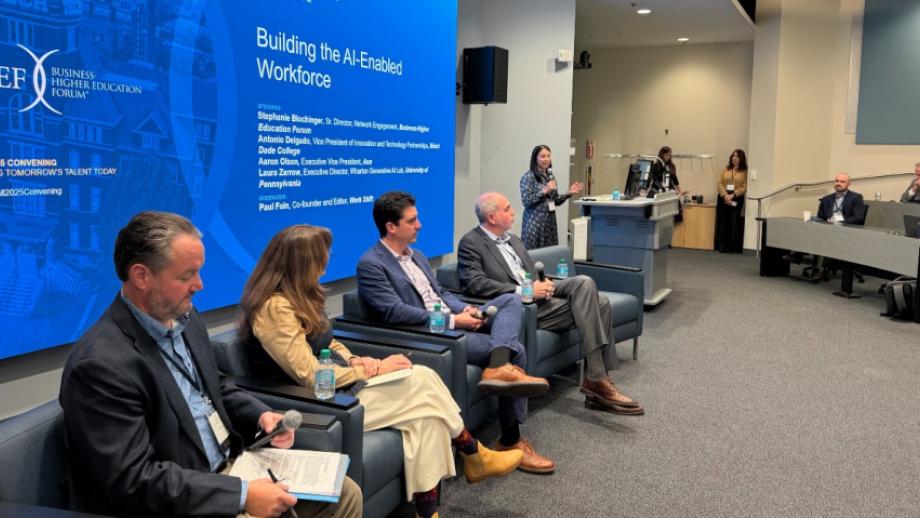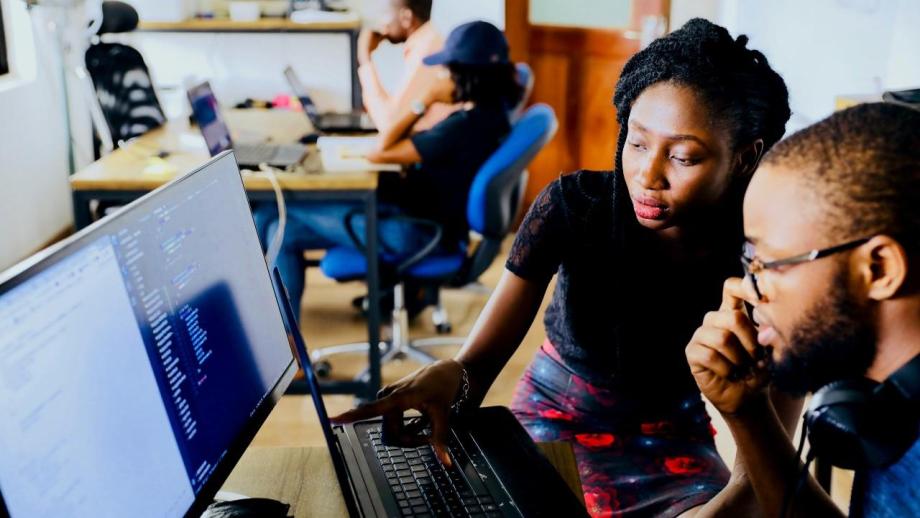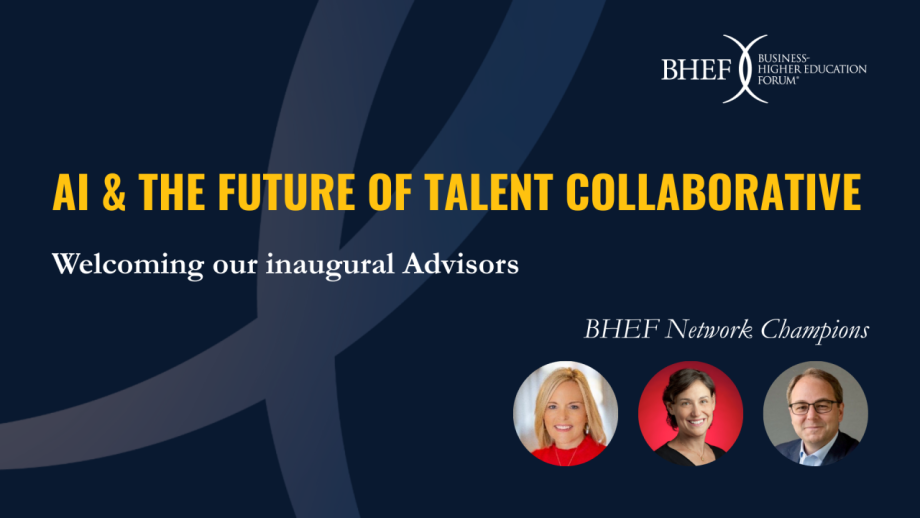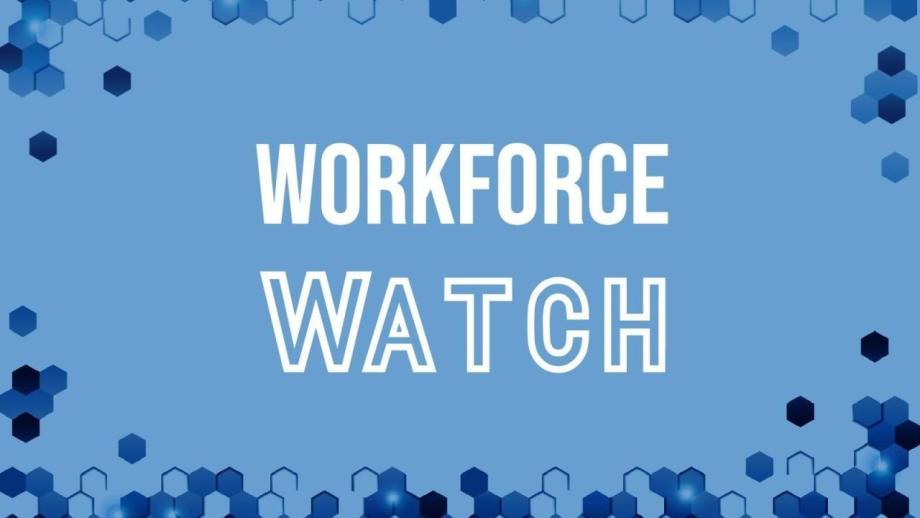If folks are waiting for companies to publish their five-year roadmap for skills, it is not coming. That was the message at the recent Business-Higher Education Forum's inaugural AI and Future Talent Collaborative advisors meeting.
The scale and pace at which organizations will have to reskill their employees for AI demands fundamentally different models than what exists today. And labor market signals are inherently backward-looking: by the time skill needs surface in job descriptions, the underlying work has already evolved in ways job postings cannot effectively capture.
Valerie Singer, General Manager of Global Learning at Amazon Web Services, emphasized that success requires structures that are built to evolve and flexible enough to respond to global competitive pressures, not just domestic workforce planning cycles.
But the conversation didn't stop at speed and agility. The most provocative insights came from challenging how companies think about AI readiness itself.
Beyond the Tool Mindset
Consider that generative AI is much more than a tool; it is a creative medium in its own right. While tool-based thinking makes sense in the short term, it's limiting. “When we can consider Generative AI as a new creative medium, a new creative arena, we may be more likely to shape, identify, and understand what our work is going to be in the future,” said Laura Zarrow, Executive Director of Wharton's Generative AI Lab.
Previous technological revolutions illuminate society's tendency to not foresee entirely new categories of work emerging from disruption. For example, the anxiety around displaced typesetters and printers in the early computing era never anticipated the massive new labor market that software development would create. The challenge from the AI Collaborative advisors: rather than simply incorporating AI into existing workflows, organizations must ask how they're fundamentally building the future of work itself.
This reframing found traction with corporate practitioners. At Microsoft, the approach is “working to skill,” rather than "skilling to work," said Rajamma Krishnamurthy, who leads Microsoft's AI Center of Excellence. With this concept, they embed development seamlessly into workflow so employees build capabilities as they work.
Sarah Steinberg, who leads global public policy partnerships at LinkedIn, challenged the group to think beyond displacement anxiety: "We should be thinking about AI-driven economic growth. This technology is ultimately going to create jobs, growth in existing roles, and the creation of entirely new roles. What are those completely new occupations going to look like, and how do we understand what the skills and experiences are that people need to move into those?"
No Sector Can Do This Alone
The advisors were unanimous that preparing the AI-ready workforce requires unprecedented cross-sector coordination, between institutions, employers, communities, and even national boundaries. Collaborative agreements can break down traditional silos and create space to learn from industry and global best practices. Simultaneously, it is critical to ensure younger generations — many of whom are already advanced AI users — have a voice in shaping the future of work they will one day inherit.
Putting It into Action
The Business-Higher Education Forum’s AI-Enabled Professional Framework provides the shared language that enables this kind of rapid, cross-sector iteration. The framework identifies seven core competency areas combining human skills, technical capabilities, and domain knowledge, and maps them across five career stages from aspiring learners to executive leaders. Critically, it's designed to evolve alongside the technology itself.
For corporate leaders navigating AI talent development, the framework offers what traditional workforce planning cannot: a flexible, employer-validated structure that supports immediate action while accommodating for the inevitable uncertainty ahead. It provides a common starting point for conversations between business and education without locking either sector into rigid predictions about skills that may shift before programs even launch.
As the advisors made clear, the future of work won't wait for traditional planning cycles, and neither should talent development strategies. The question isn't whether organizations can predict exactly what AI-driven work will look like in five years — they can’t — but rather whether they're building the infrastructure to learn, adapt, and evolve fast enough to meet future needs.
